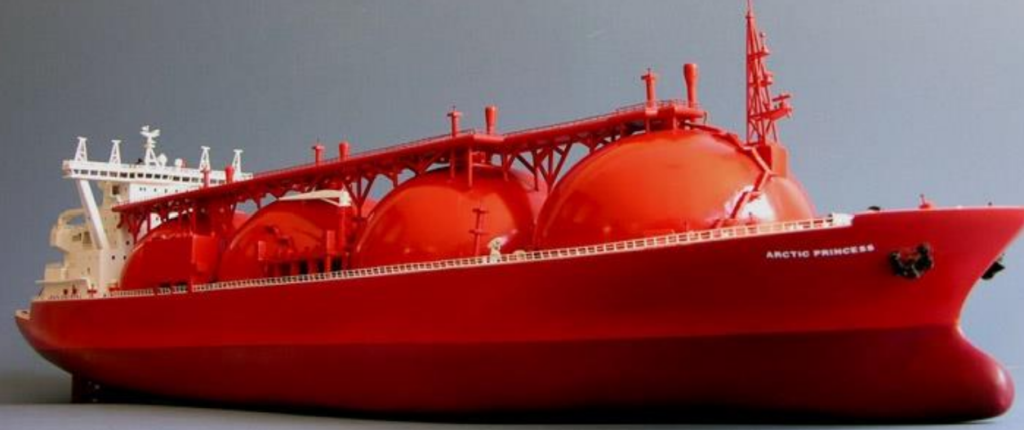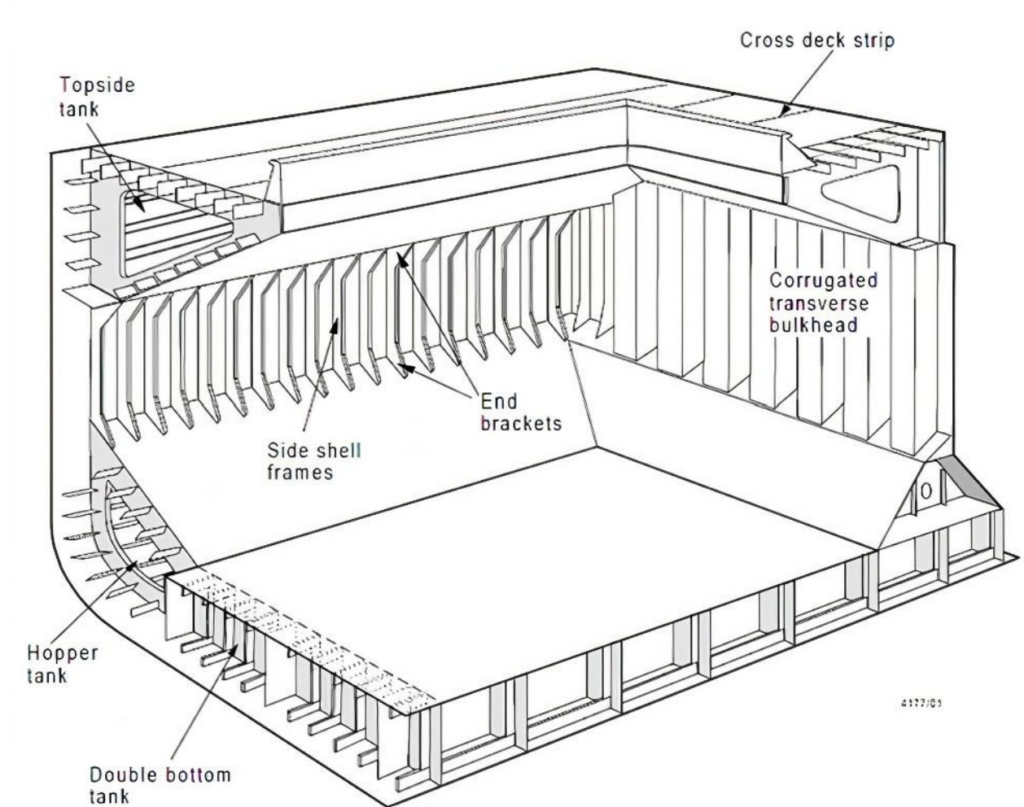At the concept design stage, it’s crucial to objectively define the mission requirements. These requirements should be based on the needs of the shipowner who is commissioning the design. Typical owner’s requirements may include the type of ship, desired speed, cargo capacity, size limitations based on port specifications, fuel consumption, and budget constraints. The goal is to ensure that the ship’s operations are economically viable while maintaining safety standards.
The specific emphasis on different types of requirements varies depending on the type of ship. For naval ships, the focus is on capabilities and design parameters that impact ship balance and military effectiveness, with less emphasis on cost and risk. The process begins with exploring various capabilities and design considerations before delving into specific requirements.
In contrast, for commercial ships involved in transportation or services, shipowners typically consider scenarios such as:
- Expanding or modifying existing services or routes.
- Developing new services or routes, including transporting new types of cargo.
- Replacing or converting old or obsolete vessels.
- Developing a new vessel to fulfill existing or new services or routes.
By considering these scenarios, shipowners can determine the mission requirements for their vessels or fleet, guiding the concept design process effectively.
What are Ship Types?
Ships come in various types, each designed to fulfill specific mission requirements. Here are some common ship types and their typical mission requirements:
- Container Ships:
- Mission: Efficient transportation of shipping containers from one port to another.
- Requirements: High cargo capacity, ease of loading/unloading containers, and speed to meet tight schedules.
- Tankers (Oil, LNG, Chemical):
- Mission: Transporting liquid cargo (e.g., oil, liquefied natural gas, chemicals) safely and efficiently.
- Requirements: Large cargo capacity, specialized containment systems, and stability in various sea conditions.
- Bulk Carriers:
- Mission: Transporting dry bulk cargo such as coal, ore, and grain in large quantities.
- Requirements: Spacious cargo holds, easy loading/unloading mechanisms, and stability during cargo transfer.
- Passenger Ships (Cruise Ships, Ferries):
- Mission: Providing comfortable and enjoyable travel experiences for passengers.
- Requirements: Comfortable accommodations, entertainment facilities, safety features, and stability for passenger comfort.
- Naval Ships (Warships, Submarines):
- Mission: Supporting military operations at sea, including defense, offense, and surveillance.
- Requirements: Advanced weaponry and defense systems, speed, agility, and stealth capabilities.
- Offshore Support Vessels:
- Mission: Providing logistics, transportation, and accommodation services for offshore oil and gas platforms.
- Requirements: Cargo capacity, crew accommodation, stability, and maneuverability in offshore environments.
- Fishing Vessels:
- Mission: Harvesting and transporting fish and other aquatic resources from the sea.
- Requirements: Fishing equipment, storage facilities for catch, and durability to withstand harsh marine conditions.
- Research Vessels:
- Mission: Conducting scientific research and exploration in marine environments.
- Requirements: Laboratory facilities, specialized equipment for data collection, and stability for research activities.
In any of the mentioned scenarios, the decisions made during the concept design phase must carefully consider the size, type, and speed of the vessel. Simply having the largest ship, within route and port constraints, doesn’t guarantee the most economical operation. Other factors such as cargo handling facilities, journey itineraries, and the possibility of carrying alternative or multiple cargoes should also be taken into account. Fleet simulation studies can be valuable in defining these mission requirements accurately.
For cargo ships, the primary mission is typically to transport specific types of cargo from one point to another within a defined timeframe, while also considering changes in the ship’s course and operational area over its lifetime. Achieving this mission involves maximizing profit by increasing payload capacity, minimizing loading/unloading times, and optimizing routes. Cargo ships often require a large deadweight capacity to fulfill their mission effectively.
For instance, container ships are designed with a nearly uniform and box-like shape to facilitate easy storage and loading/unloading of containers. However, naval architects need to strike a balance between having a long, full hull for cargo capacity and meeting high-speed requirements, which often results in a streamlined forward section underwater. The placement of the superstructure, typically about one-third of the hull length from the stern, is crucial for ensuring structural strength and operational needs, such as visibility for ships carrying stacked containers on the deck. Alternatively, positioning the superstructure at the forward end of the ship and the accommodation at the aft end can also ensure operational visibility. These ships usually feature a cellular or double-skin structure without transverse bulkheads between the holds.
Tankers, on the other hand, have a low freeboard, a short deckhouse located aft, a single screw propulsion system, and no stabilizers. Their design prioritizes maximizing deadweight capacity, resulting in a full-bodied form.
LNG carriers are designed with double-walled structures to support an appropriate containment system, ensuring safety during transportation.
In contrast, LNG carriers require a relatively shallow draught and a fuller hull compared to tankers, though not as full. This design prioritizes high speed to minimize cargo boil-off, leading to increased power requirements. The choice of material is critical due to the transportation of extremely low-temperature liquids, and selecting the appropriate containment system, such as spherical or rectangular tanks, is a crucial aspect of the design process.
Dry cargo bulk carriers, such as ore, coal, and grain carriers, resemble tankers in terms of cargo containment, but they feature large deck openings (hatches) for easy loading and unloading. These ships typically have a single-skin structure with a double bottom and transverse bulkheads between each hold. Oil bulk ore (OBO) carriers, however, have longitudinal bulkheads or other structural configurations to separate the different cargoes they carry.
Passenger ships prioritize swift and comfortable travel, featuring higher freeboard, long superstructures, and multiple decks for passenger entertainment. They are designed for high speed with multiple propellers to reduce vibration risk and incorporate roll stabilization mechanisms like bilge keels or fins. Additionally, they must meet stringent requirements for damage stability and survivability.
Roll-on/roll-off (Ro-Ro) vessels have large uninterrupted deck spaces without transverse bulkheads to facilitate easy loading and unloading of cargo. Designing passenger ships is complex due to multiple objectives, including technical considerations and non-technical aspects like customer experience, aesthetics, and onboard facilities.
In the offshore sector, vessels support offshore oil rigs by transporting goods, people, and providing hotel services for oil rig workers. There have been recent developments in renewable energy offshore, such as offshore wind turbines and wave energy facilities, indicating significant growth potential in the renewable energy sector.







